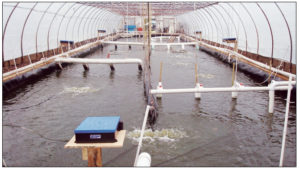
Greenhouse-enclosed superintensive shrimp production
As an alternative to pond production, U.S. scientists have developed bio-secure greenhouse-enclosed raceways for intensive shrimp production with limited water exchange.
Through the integration of aquaculture and the involvement of residents, the U.S. state of Delaware is working to restore its native oyster populations.

As an alternative to pond production, U.S. scientists have developed bio-secure greenhouse-enclosed raceways for intensive shrimp production with limited water exchange.
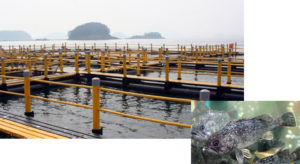
Hatcheries produce Korean rockfish seedlings in indoor tanks for sorting and grading. The fish grow well at relatively low water temperatures in net cages.
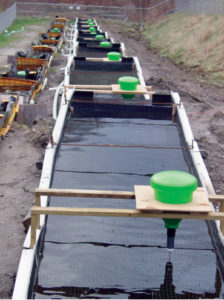
In a study comparing U-shaped plastic culture tanks to concrete raceways in a 31-week grow-out of trout fingerlings showed the plastic tanks offered lower costs, easy modification, transportability and reduced labor for cleaning.
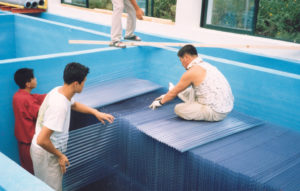
Authors found the biofilter unit portion of the Intensive Bioproduction Korean system originally developed for nitrification can remove suspended solids.
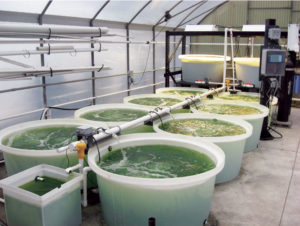
The Hydraulically Integrated Serial Turbidostat Algal Reactor (HISTAR) developed at Louisiana State University superimposes contaminant control techniques on a continuous algal production system.
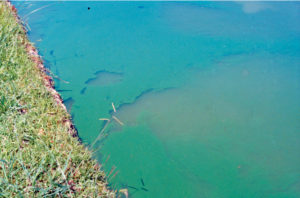
Aquaculture ponds typically have ideal conditions for the growth of various species of phytoplankton. Green algae are considered most desirable in freshwater ponds.
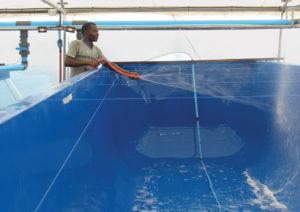
Ponds should be fertilized a few days after chlorine application to encourage the regrowth of natural food organisms before introducing postlarvae.
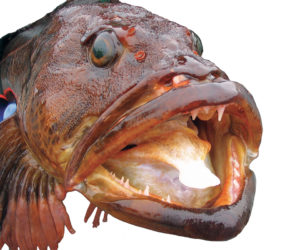
The authors have begun a project to further investigate stock enhancement as a tool for rebuilding depleted lingcod stocks in Puget Sound in Washington, USA.
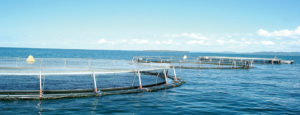
Lake Kariba, on the Zambia-Zimbabwe border, has no industry, few people, high-quality freshwater and an average year-round temperature of 27 degrees-C, all features that can support aquaculture.
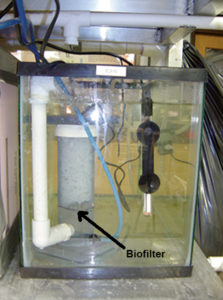
In a recent study, the authors set up a series of temperature-controlled tanks to determine the effects of temperature variation on biofilter performance.
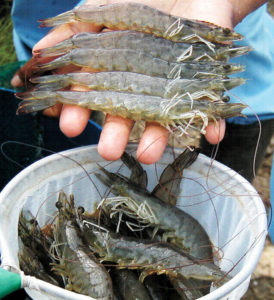
Todays' shrimp farm technologies include biosecurity protocols, stocking densities according to pond design and aeration levels, and best practices for pond preparation and feed and water management.

Pond aquaculture in China is trending further from traditional carp polyculture toward monoculture of higher-value fish species.
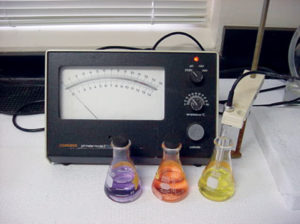
Limit pond soil analyses to soil particle size for use in pond construction decisions, initial analysis of total sulfur, occasional analyses of total nitrogen, and routine analyses of pH and soil organic carbon.
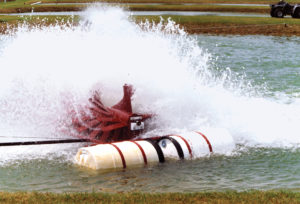
The direct energy input values for aquaculture include energy used in constructing facilities, producing seedstock and feed, powering mechanical aerators, applying feed and harvesting and processing culture animals.
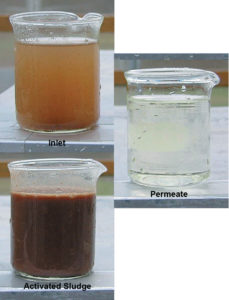
Membrane biological reactor technology is a scalable wastewater treatment system that reclaims water discharged from RAS solids-collection devices.